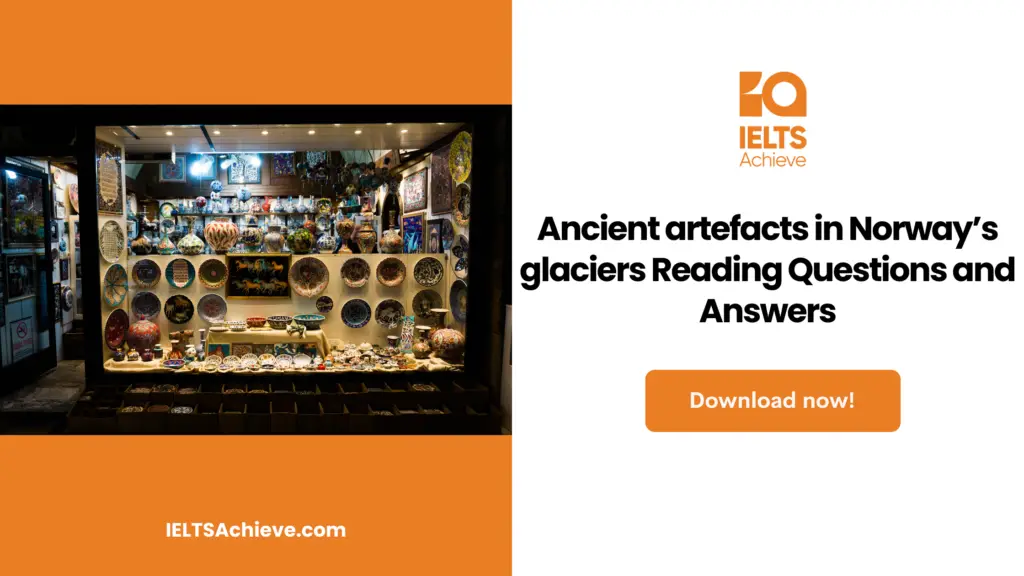The Blog post contains the following IELTS Reading Questions:
- IELTS reading Short Answer Questions
- IELTS reading Matching Features
- IELTS reading Multiple Choice Questions
Stay informed and prepared for success – Explore our comprehensive Reading Test Info page to get valuable insights, exam format details, and expert tips for mastering the IELTS Reading section.
IELTS Reading Passage – Venus in Transit

Venus in Transit
June 2004 witnessed the first passage of the planet Venus over the face of the Sun in 122 years, known as a ‘transit’. Heather Cooper and Nigel Henbest explain that transits have shaped our view of the entire Universe.
On 8 June 2004, more than 50% of the world’s population experienced a rare event in astronomy. For more than six hours, the planet Venus moved from its way towards the Sun. This Venus “transit” occured for the first time since 6 December 1882. During that time, the American astronomer Professor Simon Newcomb took some people to South Africa to witness the occasion. Here, the mixed forces of three school mistresses at a girl’s school allegedly excelled the other experts with their observation’s accuracy.
For more than a century, the Venus transit has seeked explorers’ attention of explorers and astronomers alike to all corners of the planet. Moreover, you can keep it to the enormous polymath Edmond Halley. In November 1677, Edmond Halley encountered a transit of the innermost planet Mercury, from the St Helena (empty island) in the South Pacific ocean. He noticed that from various latitude positions, the transit of the planet across the Sun’s disc might seem to differ. By locating the Venus transit from two different places, a team of astronomers would measure the parallax angle the difference from the position of an astronomical body because of a difference in the observer’s position. Astronomers would know the main objective by calculating this angle between the distance of the Sun from the Earth, which is called the Astronomical Unit or AU.
Haley was pretty sure that the AU was considered one of the most fundamental astronomical measurements of all time. In the beginning of the 17th century, Johannes Kepler revealed that the planet’s individual distance from the Sun is based on their orbital speeds that are measurable. However, no one ever found a path to measure the accurate distance from the planets to the Earth. The actual aim was to calculate the AU; aware of the orbital speeds of all the other planets revolving around the Sun, the entire solar system might diminish in pieces. But, Halley observed that the planet Mercury was farther than others that its parallax angle might be hard to measure. Since Venus was nearer to the Earth, its parallax angle would be larger, and Halley determined that with the help of Venus, he would probably measure the Sun’s actual distance to 1 part in 500. But, there is one problem here. Unlike Mercury, the Venus transit is very rare, coming in pairs roughly eight years other than every hundred or so years. Besides that, he predicted accurately that Venus would transit over the face of the Sun during 1761 and 1769 – though he wasn’t alive to see either transit.
Based on Halley’s recommendations of a way to drop down the Solar System, a team of astronomers from England and France called out for expeditions to locations as diverse as India and Siberia. However, these aspects didn’t rescue Britain and France during the war. In this, the most sympathetic person would be the French astronomer Guillaume Le Gentil. He was suddenly stopped because of the fact that the British were taking control of his observation site at Pondicherry, a union territory in India. While travelling on a French warship over the Indian Ocean, Le Gentil was fortunate enough to see a transit – where the ship’s pitching and rolling made the observations inaccurate for many attempts. Though he was still South to the Equator, he kept himself occupied by exploring the Mauritius and Madagascar islands before witnessing the next transit observation in the Philippines. Apparently, after going through a rough ride for 50,000 kilometres, his view was clouded out at the last moment, a mere sad and disappointing experience.
Even though the previous transit timings seemed precise as far as the instruments are concerned, the measurements varied due to the other components like a ‘black drop’ effect. When Venus was crossing the Sun’s disc, it appeared to be smeared, not circular in shape, which made the observers perfect the timings. This difficulty is mainly due to diffraction of light. In addition to that, the second problem includes Venus transforming a halo of light when it is viewed away from the Sun’s disc. This clearly revealed by astronomers that Venus is encircled by a thick layer of gas refracting the sun rays around it. It made both effects impossible to measure the accurate timings.
Considerably accurate for the time, that is very near to today’s measurement of 149,597,870 km, observed by radar. It’s now superseded transits and all other forms of calculation in accuracy. The AU is a cosmic measuring rod, and depending on how we analyse the Universe in this present time. The parallax principle can be expanded to calculate the distances between the planets and the stars. For instance, if we see a star in the month of January – when Earth is at a particular point in its orbit – it will look like it is in a new position from where it appeared a year ago. Since it is aware of the width of Earth’s orbit, the parallax change enables astronomers to calculate the distance.
June 2004’s transit of Venus was thus more of an astronomical spectacle than a scientifically important event. But such transits have paved the way for what might prove to be one of the most vital breakthroughs in the cosmos-detecting Earth-sized planets orbiting other stars.
Unlock your full potential in the IELTS Reading section – Visit our IELTS Reading Practice Question Answer page now!
Recommended Questions:
Renewable Energy IELTS Reading Question with Answer
Venus in Transit Reading Questions
Questions 1 – 5
Answer the questions below.
Choose NO MORE THAN THREE WORDS AND/OR A NUMBER from the passage for each answer.
- As per Halley’s suggestion, astronomers from which country called out for expeditions?
- Who revealed that the planet’s distance from the Sun depends on their orbital speeds that are measurable?
- Since when did this Venus “transit” occur for the first time?
- Venus is encircled by which element that is refracting the sun rays around it?
- When Venus was transiting across the Sun’s disc, it appeared as?
Questions 6 – 10
Match the correct statement with the letter
6. Halley observed that the planet Mercury was
7. The Venus transit in June 2004 is
8. French astronomer Guillaume Le Gentil was deeply saddened by the9. Guillaume Le Gentil was
10. According to Johannes Kepler, a planet’s individual distance from the Sun is based on their orbital speeds that are measurable
- An astronomical spectacle – A
- Planet’s distance measurement – B
- farther than other planets as its parallax angle is hard to measure
- Sudden stop by the Britishers – D
- A fortunate person – E
Improve your performance in Matching Features questions by clicking here to access our comprehensive guide. Learn how to match specific features or characteristics with the options provided in the IELTS Reading section.
Questions 11 – 13
Choose the correct letter a, b, c or d.
11. Who observed that Mercury was farther than other planets that its parallax angle might be hard to measure?
a. Edmond Halley
b. Heather Cooper
c. Nigel Henbest
d. None of the above
12. Which planet exhibits a halo of light when it is viewed away from the Sun’s disc?
e. Mercury
f. Saturn
g. Jupiter
h. Venus
13. Guillaume Le Gentil exploring which islands before witnessing the next transit observation in the Philippines
i. Mozambique and Madagascar
j. Mauritius and Madagascar
k. Mozambique and Mauritius
l. None of the above
Ready to improve your performance in Multiple Choice Questions (MCQs)? Click here to access our comprehensive guide on how to tackle MCQs effectively in the IELTS Reading section.
Unlock your full potential in the IELTS Reading section – Visit our IELTS Reading Practice Question Answer page now!
Recommended Questions:
Renewable Energy IELTS Reading Question with Answer
Venus in Transit Reading Answers
1. England and France
2. Johannes Kepler
3. 6 December 1882
4. Gas
5. Smeared
6. C
7. A
8. D
9. E
10. B
11. Edmond Halley
12. Venus
13. Mauritius and Madagascar

We hope you found this post useful in helping you to study for the IELTS Test. If you have any questions please let us know in the comments below or on the Facebook page.
The best way to keep up to date with posts like this is to like us on Facebook, then follow us on Instagram and Pinterest. If you need help preparing for the IELTS Test, join the IELTS Achieve Academy and see how we can assist you to achieve your desired band score. We offer an essay correction service, mock exams and online courses.

